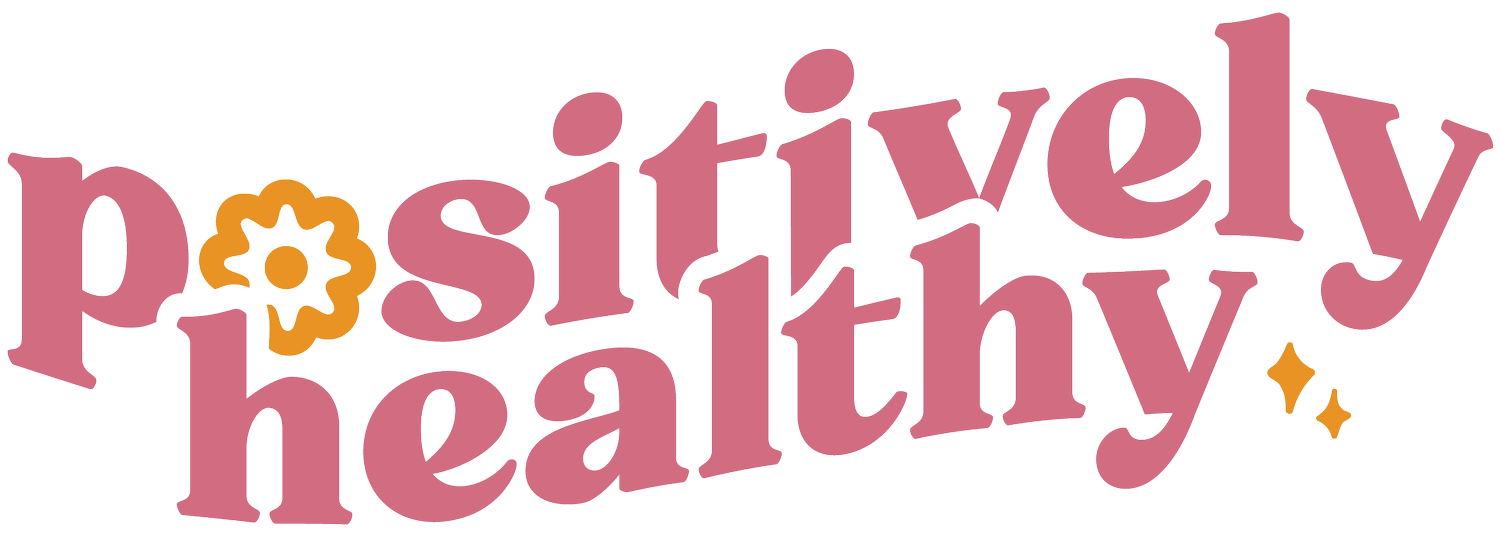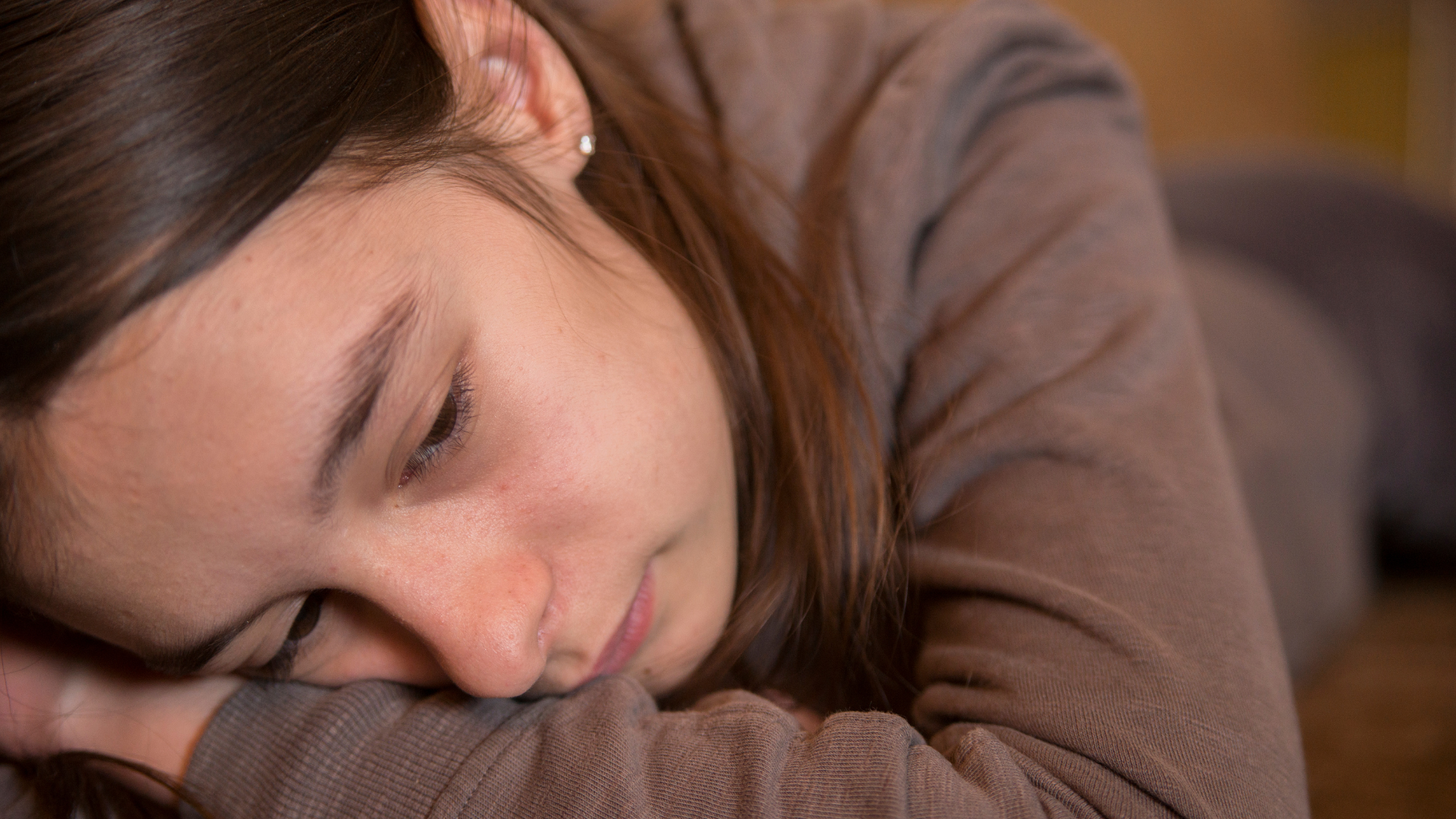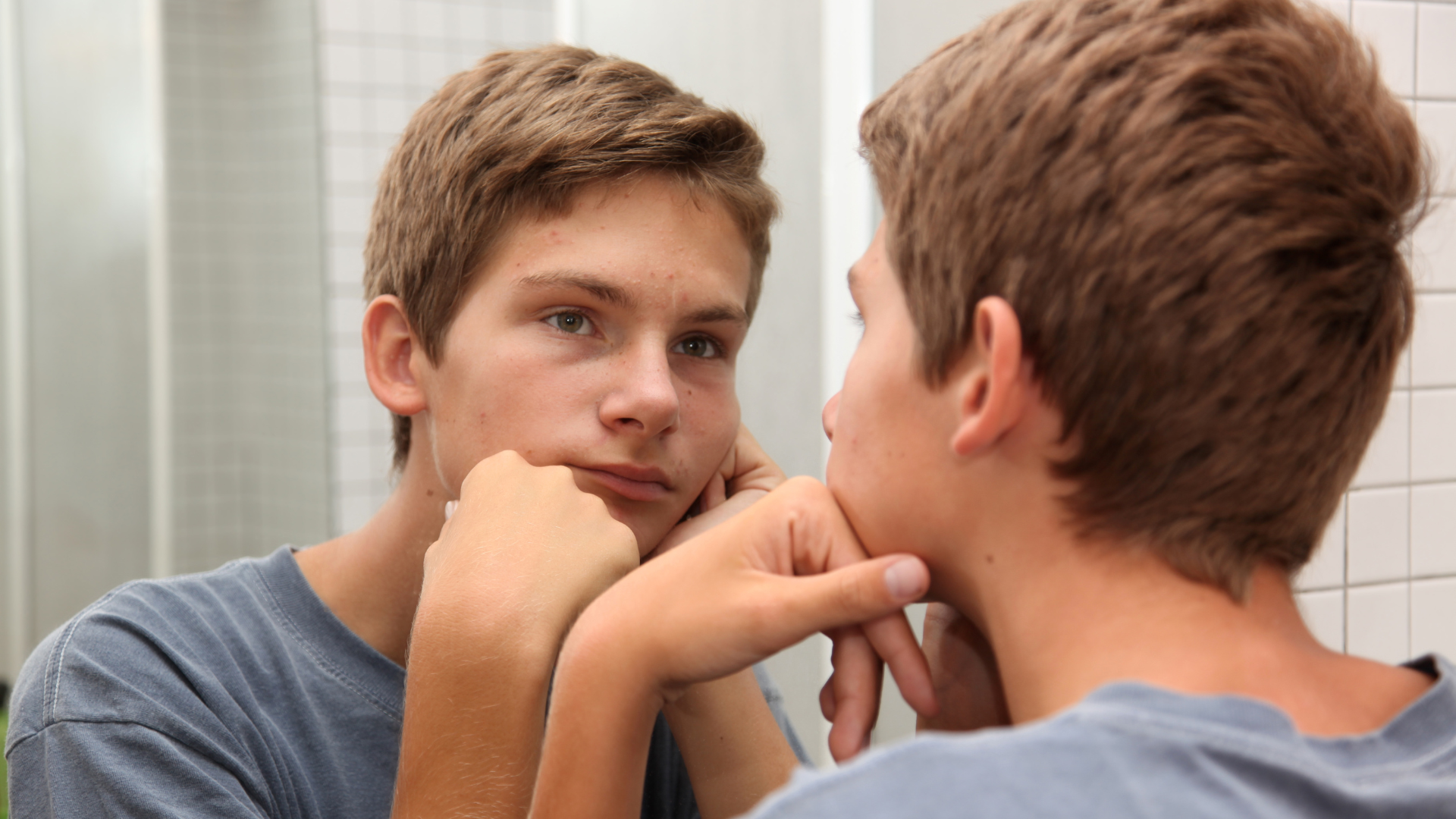The Shadows of Shame: Unmasking Teens' Silent Struggle
Does your teenager obsess over their body, striving for an unattainable perfection?
Were they devastated by not having plans for the homecoming dance? Do they equate their success in school with their very sense of self-worth? Do they exhibit perfectionist tendencies that cause extreme distress? Do they react in ways that seem disproportionate to the reality of the situation, even for a teenager?
These questions often lead to a potential common denominator: low self-image and shame.
Shame is more than just feeling bad; it's an internal battle between "I am bad" and "I feel bad." It's the difference between an identity and a temporary negative feeling. Understanding this crucial distinction is pivotal when addressing how shame impacts a teenager's self-image and emotional well-being.
Understanding Shame
Shame is often described as a deep sense of unworthiness or self-disgust. It's the feeling that we are fundamentally flawed or defective as individuals.
Teenagers experiencing shame may feel like they don't measure up to societal standards or that something is inherently wrong with them. Brené Brown, a renowned shame researcher, has emphasized that shame tends to thrive in secrecy and silence. To combat shame, we must bring it into the light.
Shame and Body Image
Body image is a significant trigger for shame among teenagers.
Adolescents are navigating a period of rapid physical development and growth. Media portrayals of "ideal" bodies, combined with peer comparisons, can lead to unrealistic expectations and feelings of inadequacy. It's crucial for teenagers to understand that everyone's body is unique, and it's okay not to fit societal standards. Encouraging open discussions about body image and self-acceptance can help combat feelings of shame.
Shame in Social Situations
Teenagers often face social situations that can trigger shame. The digital age has added a new layer to this with the ever-present influence of social media. The fear of missing out (FOMO) can make them feel excluded, and the constant comparison on platforms like Instagram can intensify feelings of not measuring up.
Adolescents may interpret social rejection on or offline as a reflection of their worth.
As a result, they may experience shame. These experiences can vary among adolescents, with some being more susceptible to external opinions, further intensifying their vulnerability to shame. Encouraging healthy social interactions, teaching resilience, and fostering empathy can help teenagers cope in this age of online connections and the social pressures they bring.
Triggers of Shame in Teens
1. Academic pressure: Struggling with schoolwork or comparing oneself to high-achieving peers can generate feelings of inadequacy.
2. Cyberbullying: Online harassment and negative comments can harm a teenager's self-esteem, causing them to feel shame.
3. Identity exploration: Adolescents may experience shame as they explore their sexual orientation, gender identity, or cultural background, particularly if they face discrimination or lack of acceptance.
4. Peer pressure: Yielding to peer pressure can lead to regret and shame, especially if it involves engaging in risky behaviors.
The Antidote to Shame
As Brené Brown suggests, bringing shame into the light is essential for healing. Here are some strategies to help teenagers overcome shame:
1. Open communication: Encourage teens to talk to trusted adults, parents, or coaches about their feelings of shame. Providing a safe, non-judgmental space for these conversations can be incredibly beneficial.
2. Self-compassion: Teach teenagers the importance of self-compassion and self-acceptance. Remind them that making mistakes is a part of life and doesn't diminish their worth.
3. Resilience building: Help teenagers develop resilience to navigate difficult situations. Resilience can lessen the impact of shame and promote emotional well-being.
4. Media literacy: Promote critical thinking about media messages and how they can distort reality. Help teens understand that perfection is an unattainable standard.
Conclusion
Shame is a powerful force, especially for teenagers still discovering their identities and navigating the challenges of adolescence. By addressing shame openly, understanding its triggers, and employing strategies to combat it, we can empower our teenagers to build healthier self-images and more robust self-esteem. Let's heed the wisdom of experts like Brené Brown and work together to help our adolescents shine a light on their shadows of shame.











